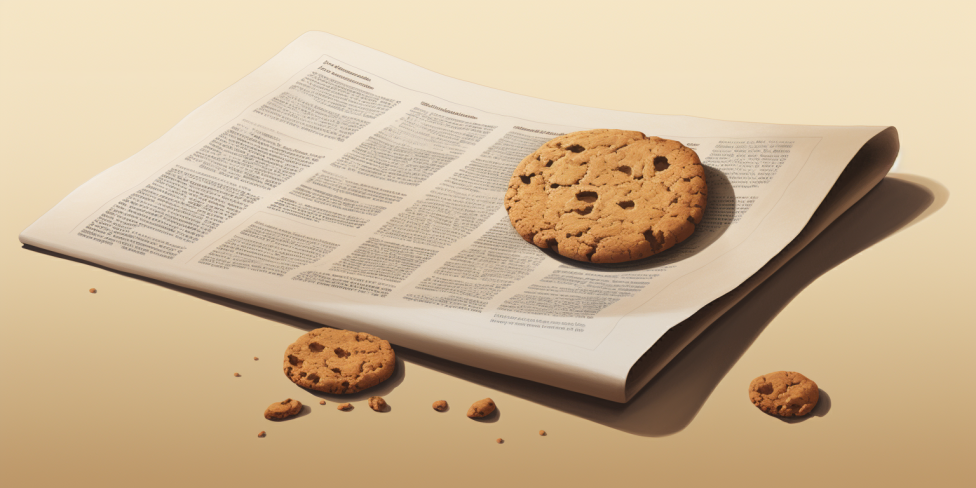 It’s seems we’re finally moving towards shorter, less intrusive ads, with Fox and YouTube leading the way with their six-second formats. Here Kevin O’Reilly, CTO at TVSquared shares why he believes six second ads can be a useful tool for advertisers, opening up new inventory and slotting neatly into certain types of TV content. He also explains how these new formats could make collaboration between digital and TV advertising easier, and points out the hurdles that they need to overcome if they’re to become mainstream.
It’s seems we’re finally moving towards shorter, less intrusive ads, with Fox and YouTube leading the way with their six-second formats. Here Kevin O’Reilly, CTO at TVSquared shares why he believes six second ads can be a useful tool for advertisers, opening up new inventory and slotting neatly into certain types of TV content. He also explains how these new formats could make collaboration between digital and TV advertising easier, and points out the hurdles that they need to overcome if they’re to become mainstream.
With the introduction of six-second ads, the TV industry may have found another avenue for increased viewability and greater engagement. Long enough to make an impression, but short enough to prevent avoidance, the format could have major implications for live-event advertising next year.
During this year’s “Teen Choice Awards,” Fox trialled the six-second slots – essentially replicating YouTube’s ad format on broadcast TV. Viewers were advised of the shorter interlude, and the ad breaks took no longer than 30 seconds.
Unlike traditional 2-4 minute ad breaks, these mini ads move in and out of programming without disrupting the actual content. The already-engaged viewers don’t have time to leave the room or even skip through the ad break to the next section of programmed content.
For viewers, these ads could mean shorter traditional ad breaks. For advertisers, they offer the potential to reach a very large, highly engaged audience. For networks, they mean more inventory (especially at the local and addressable levels) and, ultimately, more revenue.
Engaging the Engaged
The opportunities for these bite-sized ads are particularly big with sporting events. Take the NFL for example; whose traditional commercial breaks are the prime picks for American advertisers. But there is another opportunity here. When it comes to sporting events, there are plenty of options for the modern advertiser: “down time” for example, during huddles or when a player is injured could create many new advertising slots.
These are prime moments when an audience is at its most engaged, right in the middle of the action.
Now, it would be presumptuous to say these shorter slots will kill off traditional ad breaks. They won’t. There will always be a place for longer ads, especially alongside scripted programming, where six-second ads aren’t even an option. They also aren’t ideal for direct response. However, for advertisers looking to create brand awareness during live events, they could be game-changing: non-intrusive, high-frequency ad content reaching a large-scale, invested group of viewers.
TV in Collaboration with Digital
Digital players have already recognized the benefits of shorter ads – YouTube challenged advertisers to tell a story in six seconds, while Facebook is working to develop similar spots. Fox’s recognition of the opportunity here is pretty groundbreaking. It highlights the experimental nature of today’s ad industry in its search for even more impactful ways to reach consumers across mediums, times and devices.
One thing is for sure, six-second ads represent an opportunity for further collaboration between TV and digital. If you think of the effort that goes into the development of both TV and digital creatives – which may or may not be complementary – there are certainly efficiencies to come from the development of concise, attention-grabbing ads that can be used across platforms.
Hurdles for Six-Second Ads
For the ads to take off, Fox has to first prove to advertisers that they actually work. They feel very much like the end-cap sponsorships that are popular in the UK – five-second mentions before commercial breaks. Considering how popular and effective they are across the pond, I think Fox will prove them to be effective over here too.
And for advertisers, just because an ad is shorter doesn’t remove the need for understanding and optimizing its performance. These ads are not likely to drive immediate response, but they could be invaluable for brand awareness. Ensuring the right measurement tools are in place to quantify their long-term impact is crucial.
As we enter 2018, we can expect to see conversations increasingly focus on edgeless campaigns – no longer restricted by delivery. This greater collaboration between TV and digital has the potential to ultimately offer the consumer a better viewing experience, and mini-ads will be sure to play a part.
After all, you’ll never get a second chance to make a great first impression.




